University of Utah tops in games development education
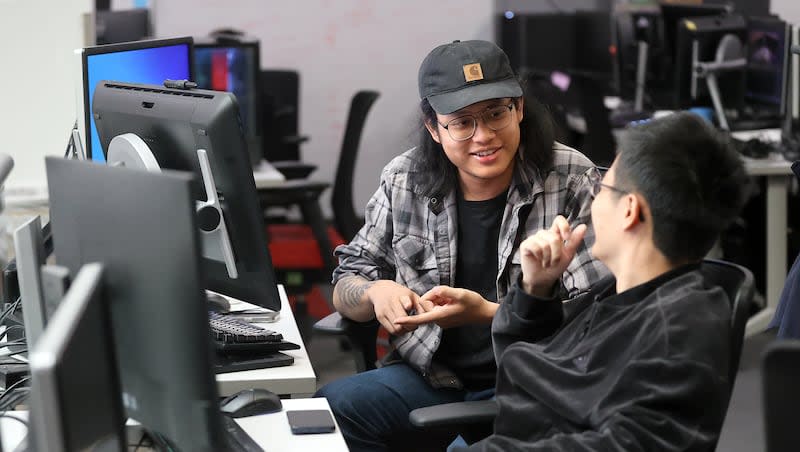
In a nondescript brick building that used to house the University of Utah’s law school library, interdisciplinary teams of students in the university’s games programs are huddled in groups working toward an approaching deadline to complete video games that will launch at a public event on campus on April 24.
Students develop every aspect of the games from initial pitches to their launch, which Michael Young, chairman of the university’s top-ranked Games Division, likens to opening night of a theatrical production.
“It’s really remarkable for our students, because many of them have never seen people play the game that they’re making. It’s like opening night for a play when you go up on stage and people gasp or react and you can hear them in the audience,” Young said.
“They (students) can stand to the side and see a kid whose parents are dragging them away and they won’t leave because they’re playing their game that they made. It’s really moving, the first moment that they see the power of their creative activity,” he said.
The University of Utah’s Games Division stands at the forefront of game development education. Princeton Review recently ranked the school’s undergraduate games programs No. 1 and its graduate programs No. 2 among public universities worldwide. Utah’s undergraduate program moved up two spots from last year’s rankings while the graduate program climbed three positions.
Young said the rankings are cause for celebration because the division’s programs are relatively new to the campus and they have grown exponentially.
“We have worked really hard. Part of that is because we’ve had remarkable enrollment growth. We created our undergraduate major in 2017, and in 2021, it was the 10th largest major on campus, so our growth it’s been phenomenal. We have about 1,100 undergraduate students and during that time, we haven’t really grown in faculty. So the faculty have just taken on more and more work and been remarkably successful. So it was terrific to see that ranking, the recognition of the faculty and the staff. It just really reaffirmed that the work that we do here is excellent,” he said.
There are about 140 students in the graduate programs, among them Benjamin Fellows, who will graduate later this spring. Fellows said he chose the University of Utah for its favorable tuition rates, proximity to his hometown of Las Vegas, but primarily, the strength of its games programs.
“The master’s program that gave me the opportunity to just be a producer so now I’ve got like a half dozen games or so” that he has produced, said Fellows, who also earned his undergraduate degree in games.
Fellows is leading a team of graduate students developing a puzzle adventure game called Cardboard Chronicles, which features “a kid that has been sucked into a cardboard world trying to find the way out, helping little strangers he meets along the way,” he explained.
The team of artists, engineers, designers, producers and story tellers work collaboratively on the game, each contributing their respective talents.
Fellows, who also has a minor in music, wrote the score for the game and created its sound effects.
Asked what it is like to bring a game from the pitch stage to launch, Fellows said it’s “‘exhilarating’ comes to mind but it’s something that you never really quite get used to. Here’s this idea we have and now we’re going to be releasing it on the Switch in a couple of months. Like that’s insane to us.”
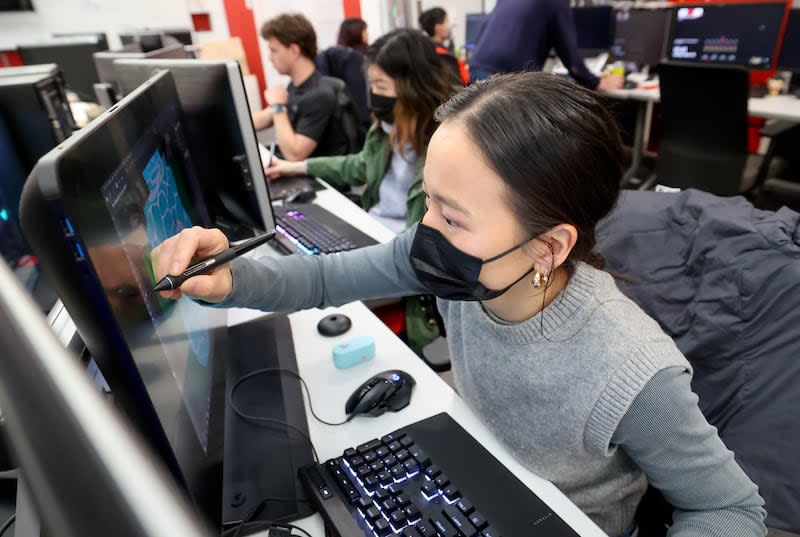

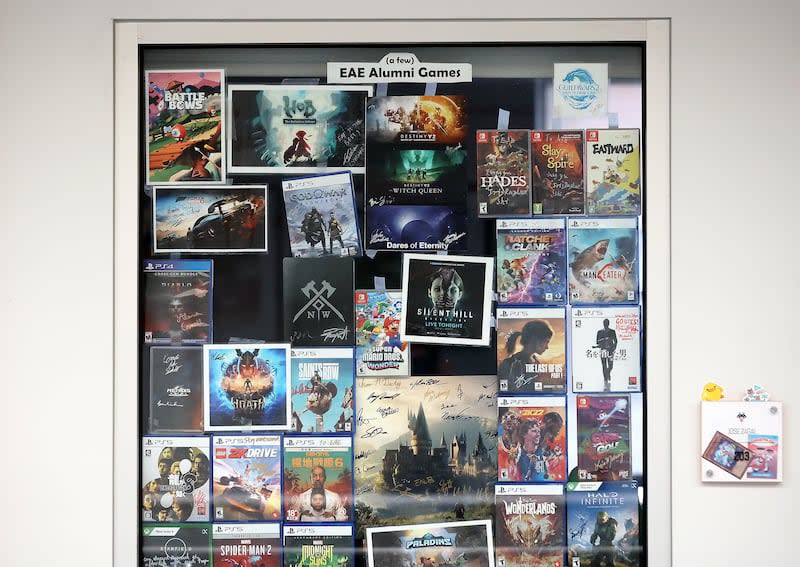
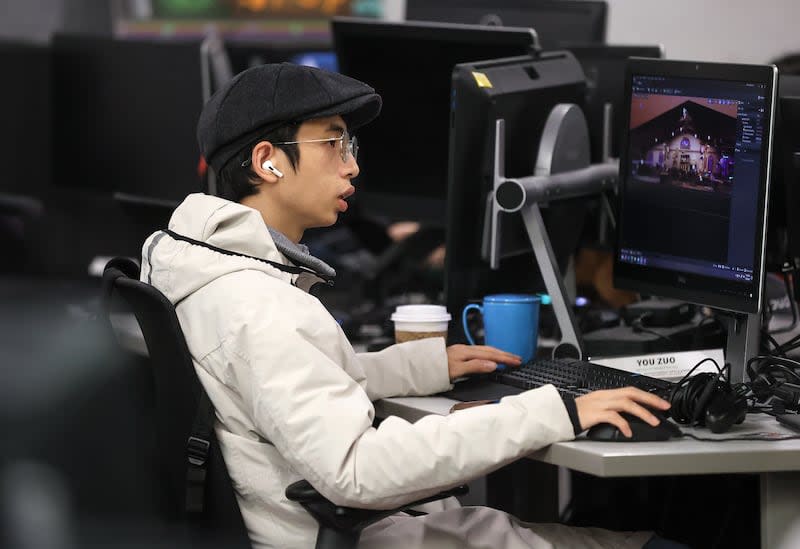
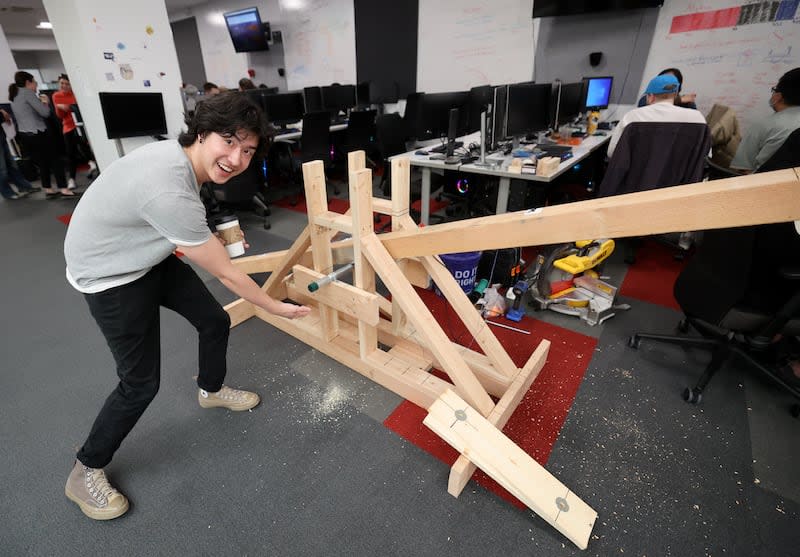
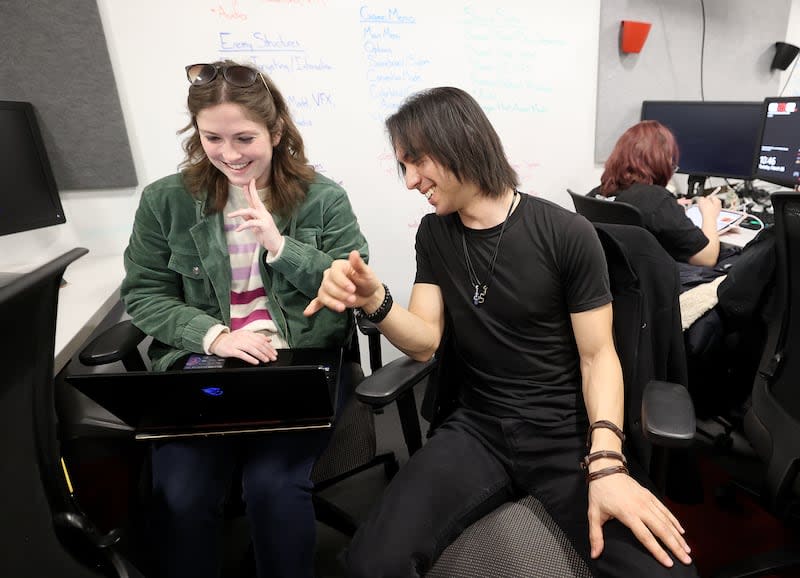
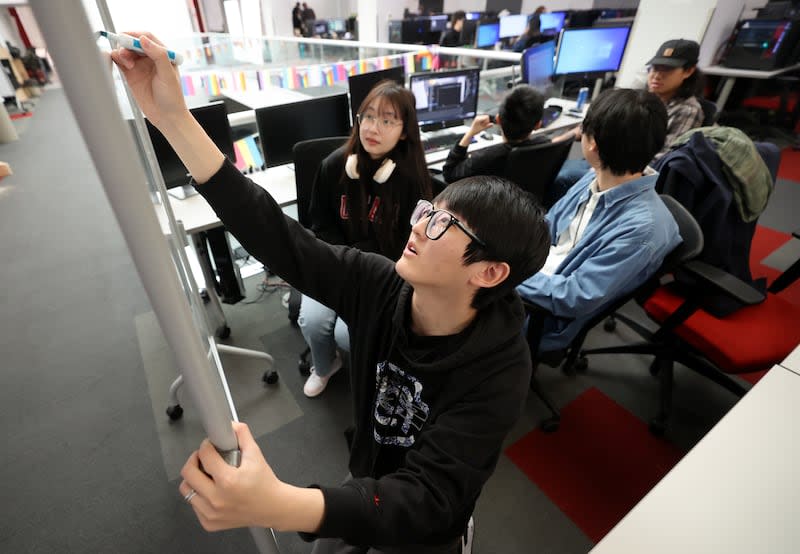
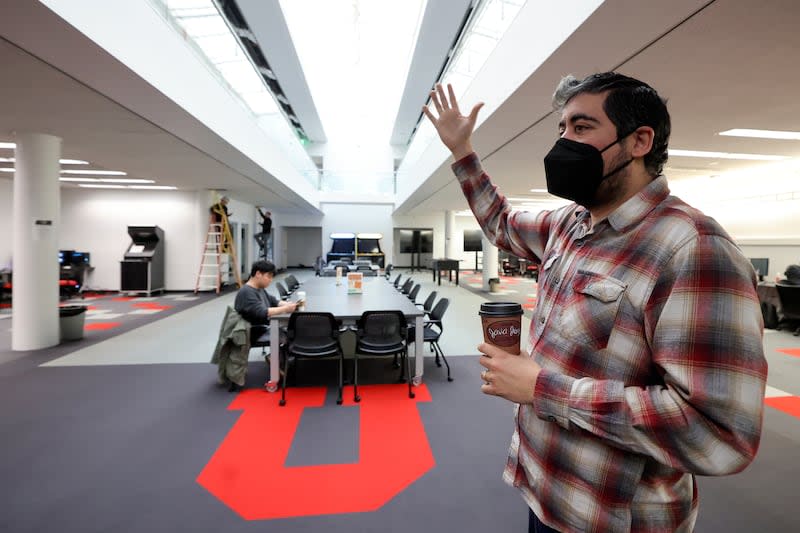
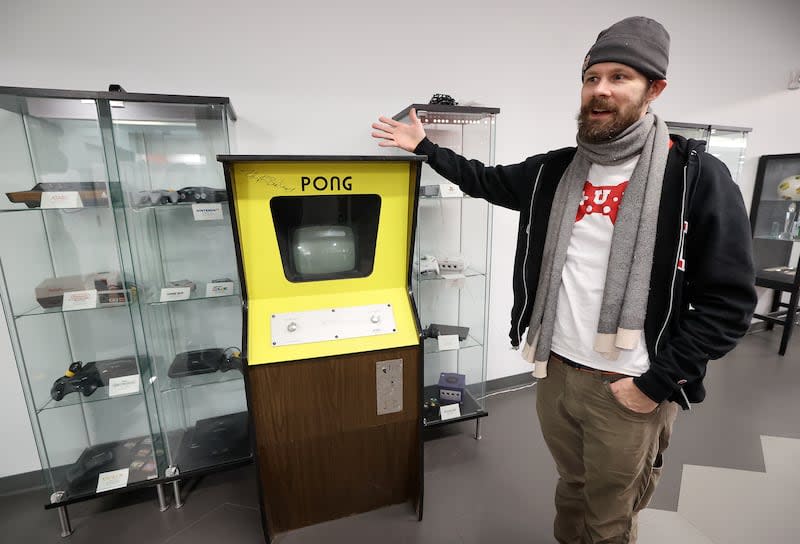
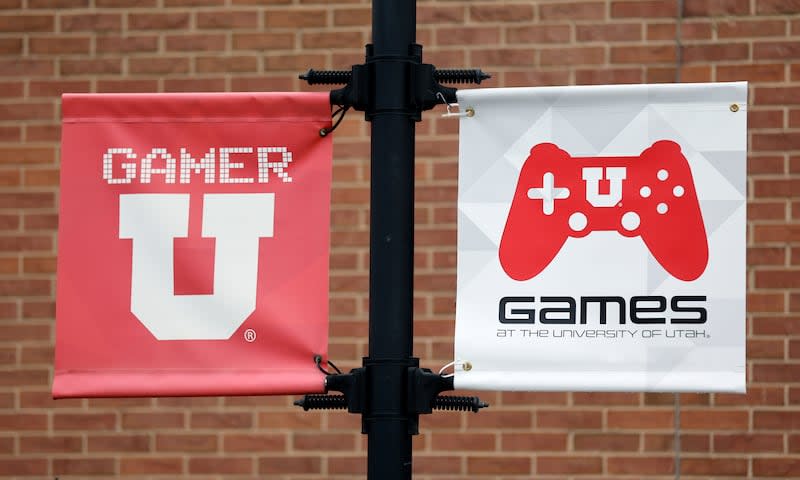
Another attractive aspect of the program is that by and large, the students own the games they create. As of April 24, there will be 149 published games produced by the programs’ students, the vast majority of the games published on the video game distribution platform Steam.
The academic programs integrate art, humanities, social science and computational research. Aside from games for fun and amusement, they also serve pragmatic purposes such as games for health, learning and training, modeling and simulation.
As an industry, global revenue generated by the gaming industry is greater than the combined global revenue of the music and movie industries combined.
Young said that portends a bright future for the program’s graduates.
Princeton Review’s recognition of the preparation games students receive at Utah is both a credit to the Game Division’s hard-working and nimble faculty and staff, and its talented students, he said.
“How terrific to be recognized for the astounding skills and passion that our students bring to game making and the impact that they’re having on the industry after they graduate. The dedication and skill of our faculty, and the support of our amazing staff, all build a community of excellence here that prepares our graduates for success with knowledge and skills they can apply right away. They leave our program ready to change the world with the games they make,” Young said in a statement.

